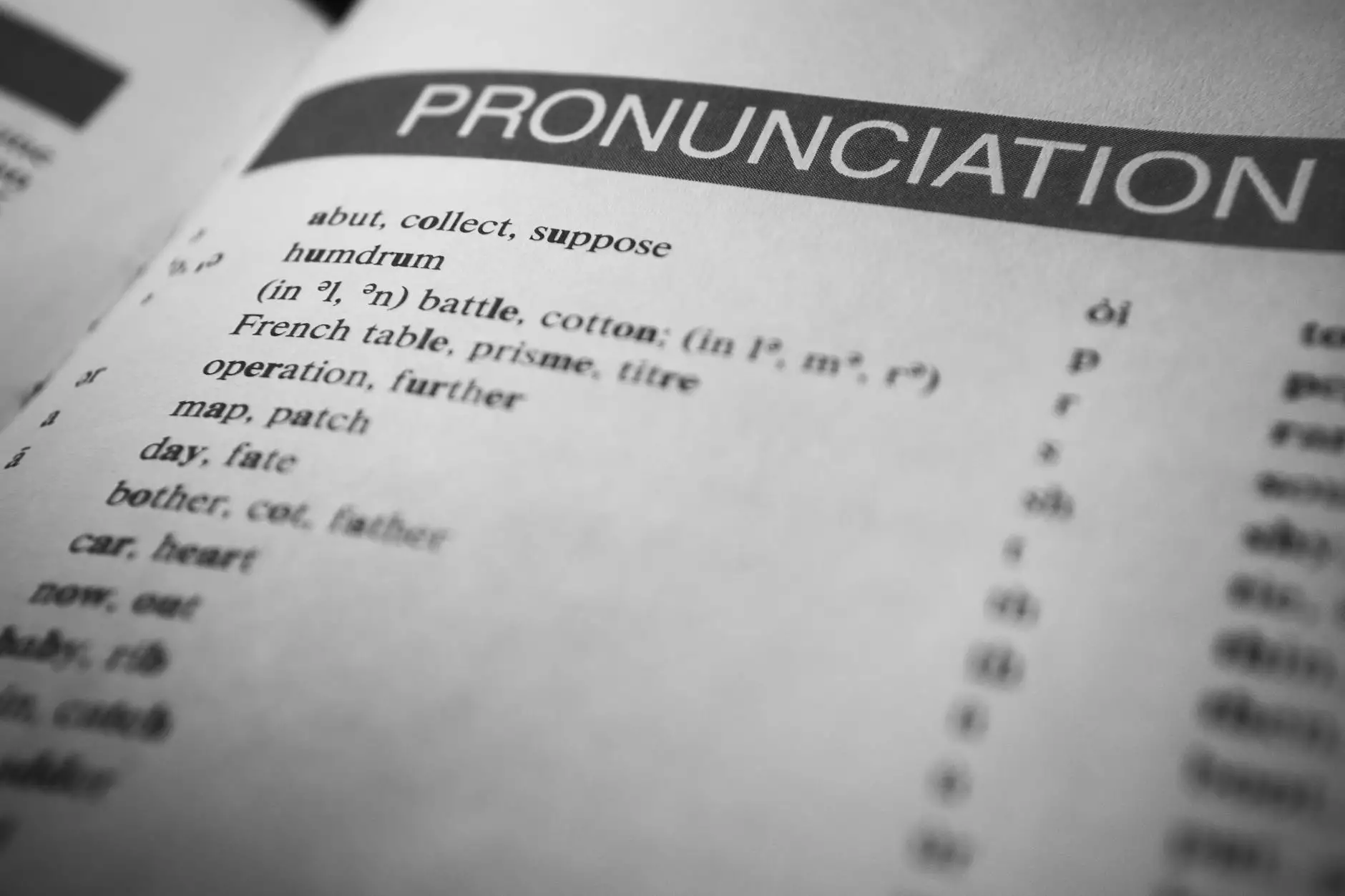Phrasal Verbs | Page 5
English Grammar Lessons
Introduction
Welcome to Page 5 of NJCLT's Phrasal Verbs series. Here, we provide an extensive list of phrasal verbs along with detailed explanations and examples. Whether you are a learner of English as a second language or simply looking to enhance your language skills, this collection of commonly used phrasal verbs will prove invaluable. Let's dive right in!
Understanding Phrasal Verbs
Phrasal verbs are combinations of a verb and one or more particles (prepositions or adverbs). These collocations form unique expressions with meanings that often cannot be deduced from the individual words. Proper usage of phrasal verbs adds depth and richness to your English communication skills.
Common Phrasal Verbs
Below, we present a comprehensive list of frequently used phrasal verbs, along with their meanings and example sentences:
- Break down: to cease functioning or collapse, either physically or emotionally. Example: After a long day, she finally broke down and burst into tears.
- Carry on: to continue doing something. Example: The students were asked to carry on with their assignments even after the bell rang.
- Look forward to: to anticipate or feel excited about something in the future. Example: We look forward to meeting you at the conference next week.
- Put off: to postpone or delay an event. Example: The meeting has been put off until next Monday due to unforeseen circumstances.
- Bring up: to mention or introduce a topic in conversation. Example: She tried to bring up the issue during the team meeting, but time was limited.
- Take off: to remove clothing or leave the ground (in the case of an airplane). Example: He took off his jacket before entering the warm room.
Mastering Phrasal Verbs
Learning and incorporating phrasal verbs into your vocabulary requires practice and exposure. To master these expressions effectively, consider the following tips:
- Read: Engage with English literature, newspapers, or blogs that implement phrasal verbs extensively. Observe how they are used in context and try to incorporate them into your own writing and speaking.
- Practice: Regularly practice using phrasal verbs in conversations with native English speakers or peers. Use them in appropriate contexts to ensure proper understanding and application.
- Make associations: Associate phrasal verbs with visual images or situations to aid memory retention. This technique can help you recall the appropriate phrasal verb when you need it.
- Use dictionaries: Utilize online or print dictionaries specifically designed for phrasal verbs. These resources provide meanings, examples, and usage tips.
- Engage with multimedia: Watch movies, TV shows, or YouTube videos in English that employ phrasal verbs. This exposure to natural usage will help you become more familiar with their application.
Conclusion
By familiarizing yourself with phrasal verbs and consistently integrating them into your language skills, you can greatly enhance your English proficiency. NJCLT's Phrasal Verbs series provides you with an extensive collection of commonly used expressions, their meanings, and example sentences. We encourage you to continue exploring our pages to further broaden your vocabulary and improve your overall communication abilities.










